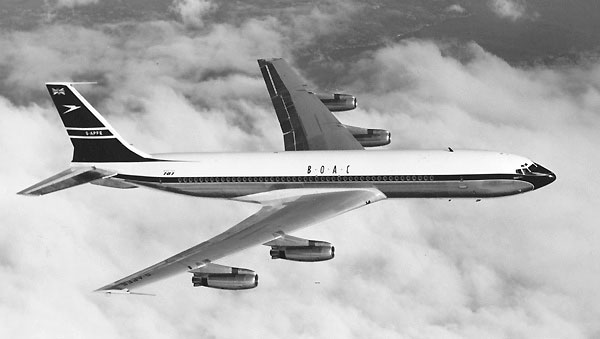

Shortly before takeoff, the flight crew requested a change from an IFR flight plan to VFR, with a course that would take the airliner near Mount Fuji. The 707 climbed to an altitude of 16,000 feet (4,875 meters) as it approached the mountain from the southwest. The weather was very clear. A weather station on Fuji recorded wind speeds of 60–70 knots (111–130 kilometers per hour).
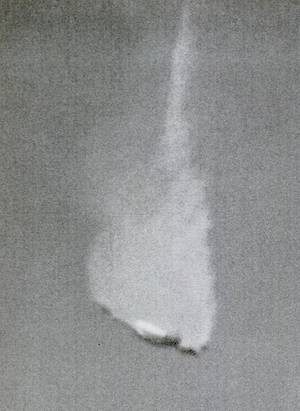
Flying upwind toward Fuji at 320–370 knots (592–685 kilometers per hour), Speedbird 911 encountered severe Clear Air Turbulence that resulted in a catastrophic structural failure of the airframe. The vertical fin attachment failed and as it fell away, struck the left horizontal stabilizer, breaking it off. Next, the ventral fin and all four engine pylons failed due to extreme side loads. The 707 went in to a flat spin, trailing fuel vapor from ruptured tanks. The entire tail section broke away, the right wing failed, and the nose section came off.
The 707 left a debris field that was 10 miles (16 kilometers) long. Speedbird 911 crashed in a forest on the lower flanks of Mount Fuji at about the 3,500 foot (1,066 meter) level. The forward section crashed about 1,000 feet (300 meters) away from the main wreckage. All 124 persons aboard were killed.
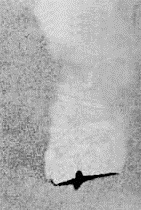
Probable Cause(s) The probable cause of the accident is that the aircraft suddenly encountered abnormally severe turbulence over Gotemba City which imposed a gust load considerably in excess of the design limit.
—ICAO Circular 82–AN/69 at Page 49
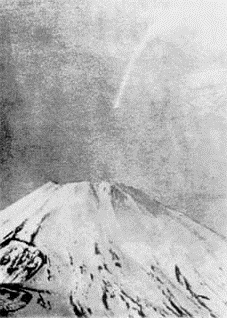
The accident was photographed by the Japanese Self Defense Forces from the East Fuji Maneuver Area, located in the foothills of the volcano. A passenger aboard Speedbird 911 had been filming with an 8 mm movie camera. The camera and film were recovered from the wreckage and the film was developed as part of the investigation. The film showed that the aircraft had experienced severe turbulence immediately before the accident. (Investigators estimated the peak acceleration at 7.5 g.)
A U.S. Navy Douglas A-4 Skyhawk was sent to look for the accident site. When the fighter approached Mount Fuji, it also encountered severe turbulence, to the point that the pilot feared the small fighter would break up in flight. After returning to base, the A-4 was grounded for inspection. Its accelerometer indicated that it had experienced acceleration forces ranging from +9 Gs to -4 Gs.
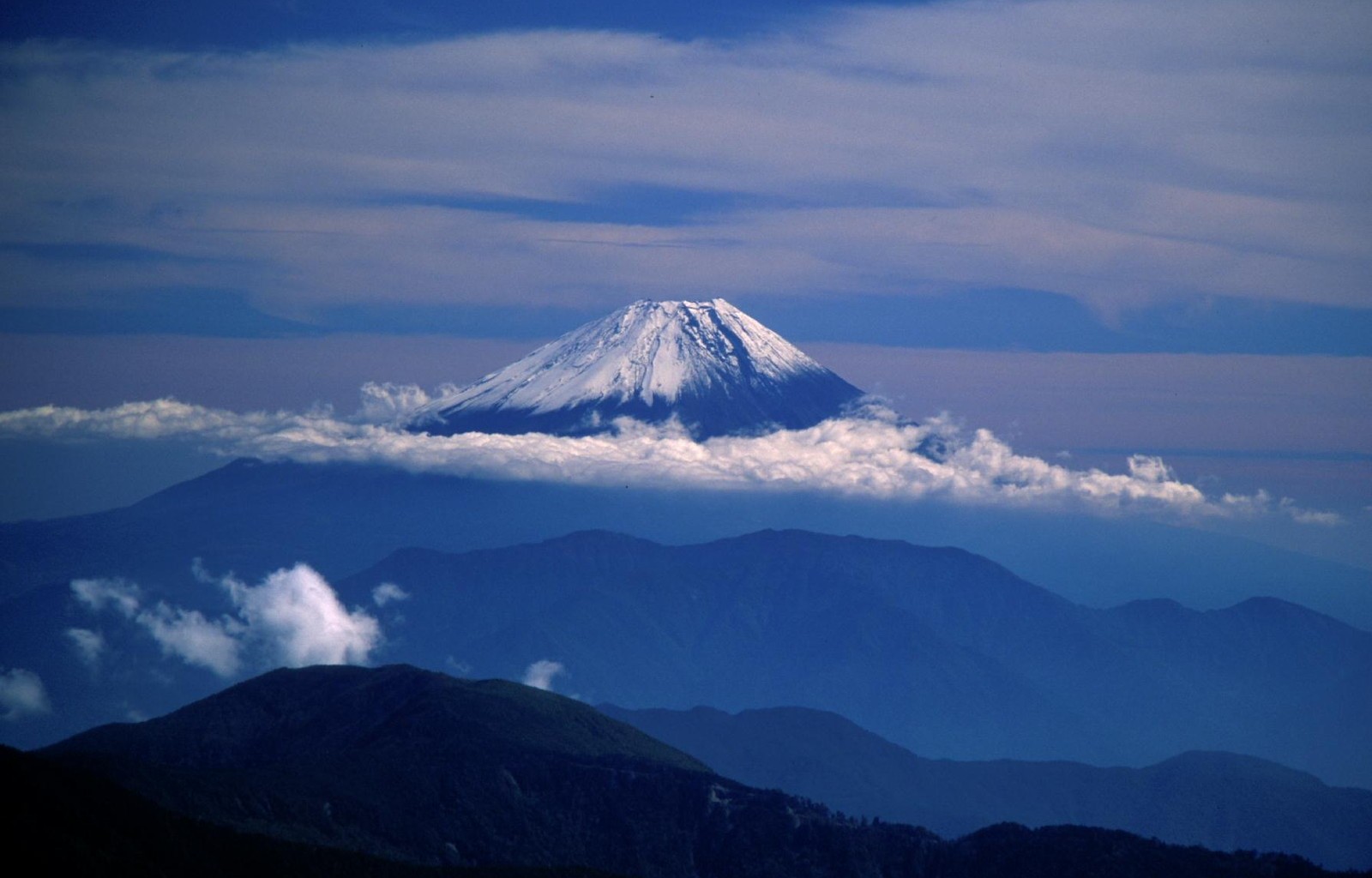

The -436 was a stretched version of the original 707-120, but with Rolls-Royce Conway 508 bypass turbojet engines (now called turbofans) in place of the standard Pratt & Whitney JT3C-6 turbojet engines. 15 ordered by British Overseas Airways Corporation in 1956.
The fuselage and wings of the Intercontinental were lengthened, allowing an increased load and greater fuel capacity. It could carry 189 passengers and had a range 1,600 miles further than the -120. Transoceanic flights without an intermediate fuel stop were possible.
Initially, British aviation authorities refused to certify the -436 because of low-speed handling concerns. Boeing increased the height of the vertical fin 40 inches and added a ventral fin. These modifications became standard on all future 707s and were retro-fitted to those already manufactured.
The Boeing 707-420 series airliners were 152 feet, 11 inches (46.609 meters) long, with a wingspan of 142 feet, 5 inches (43.409 meters) and overall height 42 feet, 2 inches (12.852 meters) at its operating empty weight. The leading edges of the wings and tail surfaces are swept 35°. The fuselage has a maximum diameter of 12 feet, 8.0 inches (3.759 meters). The 707 International has a typical empty weight of 142,600 pounds (64,682 kilograms), and a maximum takeoff weight (MTOW) of 312,000 pounds (141,700 kilograms). The usable fuel capacity is 23,820 gallons (90,169 liters).
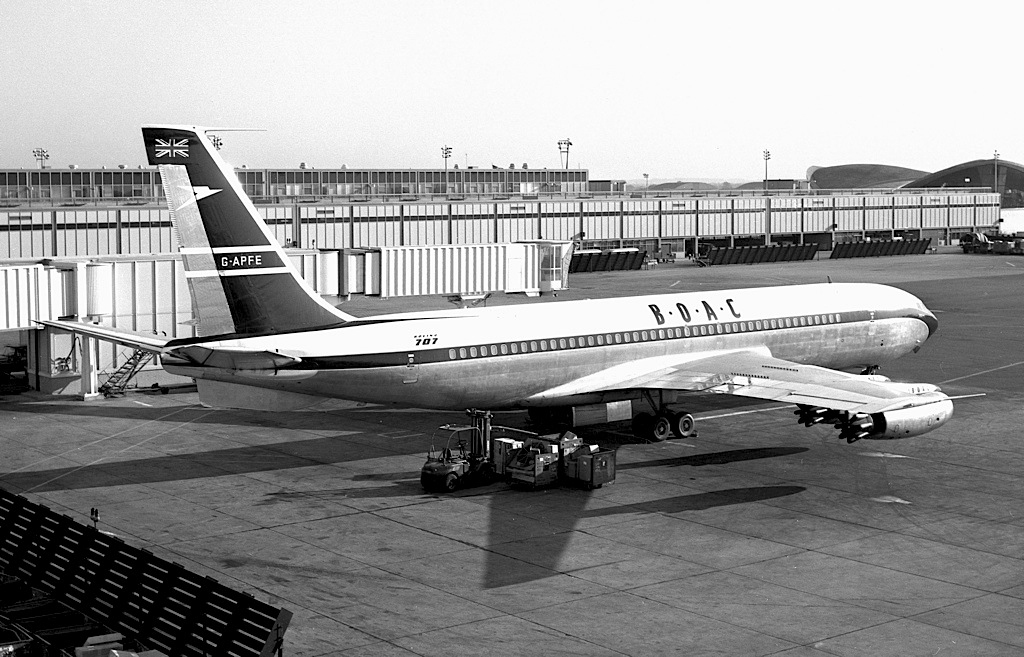
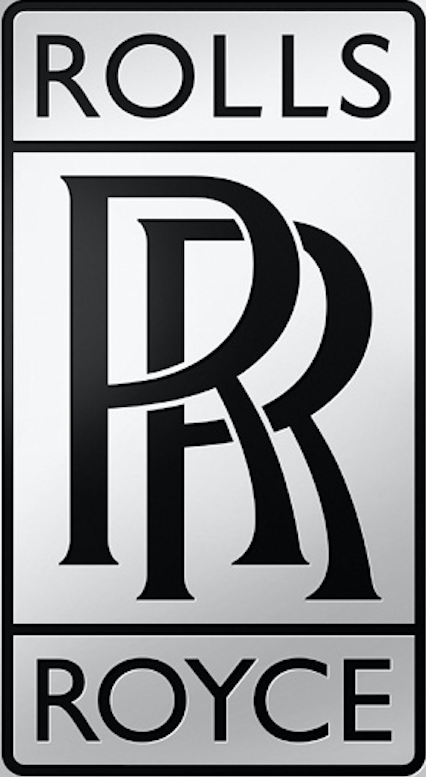
The -420 series had a maximum cruise speed of 593 miles per hour 954 kilometers per hour) at 30,000 feet (9,144 meters)—0.87 Mach; and economical cruise speed of 550 miles per hour (885 kilometers per hour) at 35,000 feet (10668 meters).
Boeing built 1,010 Model 707 airplanes between 1957 and 1979. Of these, 37 were the 707-420 Intercontinental variant.
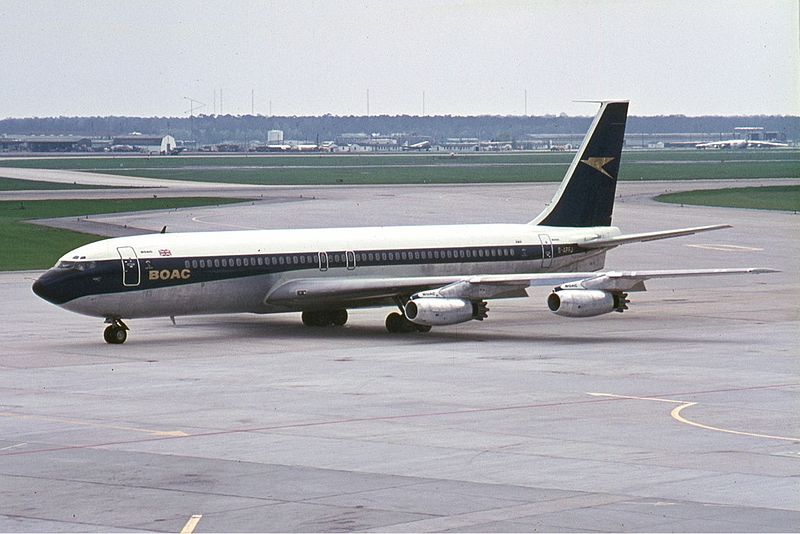
© 2019, Bryan R. Swopes
I found it interesting but felt saddened for the I’ll fated passengers.
Sorry
It’s hard to believe that wind can exert forces severe enough to tear a plane apart! Makes you think twice about flying. Those poor passengers may have fallen victim to an over zealous pilot? Sorry for their fate…
I don’t think it was a case of an overzealous pilot. Quite the opposite I believe. At the time, the mountain wave phenomenon was not well understood, and the pilot did demonstrate his cautiousness. Also, it was a beautiful, clear day, so why not give his passengers a little sightseeing thrill (a common perk for passengers back in the day). No good deed goes unpunished.
On March the 4th around 18:00 as they approached Tokyo’s Haneda Airport flight 911 was diverted to a US Air Force base near Fukuoka due to the poor visibility and bad weather until the weather improved, then it continued to Haneda. So the pilot was safety conscious.
In the meantime a Canadian Pacific Airlines flight 402, a Douglas DC-8 arriving from Hong Kong on the first leg of a flight to Vancouver, had been holding over the Haneda airport for some time. Just as the captain considered diverting to Taiwan, air traffic control informed the crew that conditions had improved above the legal minimums. While approaching the airport around 8 p.m. in darkness and fog, the DC-8 descended below the glide slope and struck the runway approach lighting system. The plane continued forward, plowing into a seawall before crashing onto the runway in flames. In the impact and subsequent fire, 64 of the 72 people on board were killed. The passengers of the diverted BOAC flight from Honolulu could not have received a more chilling reminder of why diversions, while annoying, are sometimes necessary.
At 1:50 p.m., fully fueled and loaded up with 113 passengers and 11 crew, BOAC flight 911 pushed back from the gate at Haneda for the last leg of its journey to Hong Kong.
As they took off flight 911 passed the wreckage of Canadian flight 402 scattered over the field. Within the hour, 911, and all aboard were gone.
A piece of trivia about Flight 911; Several booked passengers cancelled their tickets at the last moment to see a ninja demonstration. These passengers, Albert R. Broccoli, Harry Saltzman, Ken Adam, Lewis Gilbert, and Freddie Young, were in Japan scouting locations for the fifth James Bond film, You Only Live Twice (1967).
I’m sorry my post is such a long one. So I don’t bore you with an even longer post, you can go into even more detail of the events of March 4-5, 1966 at:
https://admiralcloudberg.medium.com/the-crash-of-boac-flight-911-analysis-dbd2dc4b0f18
It’s a very interesting read.
Great reply, excellent info. The cancellations were a particular surprise. Thanks!
Nonsense.
Thank you for your comment.
Great analysis article. I still feel all ATPL pilots should learn the dangers of rotar and mountain wave flying (clearly that captain approached area, incorrectly) AND ATPL pilots should experience a decompression chamber run at about 22000ft and then supervisor in chamber puts on their oxygen mask at appropriate time. Now days, we seem to only have mixed gases which is not as good experience but better than nothing. Airforces include this in training it seems.
Ian…we do know the dangers of rotor and mountain wave, as well as the proper ways to fly our aircraft when in areas of convective activity, mountain wave and turbulence.. This happened back in the mid 60’s when very little research into Mountain wave was done or even known about. With regards to the pressure chamber, a majority of airline pilots have a military background and have had training for decompression scenarios in the chamber; all airline (US) training programs do training in the simulators (wearing the vile mask) in explosive decompression, good for everyone to go through the process but sadly in this case, the amount of flight control surfaces and engines lost could not have made a bit of difference in the outcome of this accident.
What a terrible event, hard to imagine the terror suffered by the passengers. It is hard to understand just how violet clear air turbulence can be, but it can. Also wake turbulence, if I remember rightly, the day after 911, an A320 came down at Newark and killed everyone on board when it lost the fin, after flying into the wake turbulence from a 747 that had taken off previously. A few years ago, I was flying back from Düsseldorf to Birmingham UK in an A320, when it shuddered, then rolled sharply 90 degrees starboard. There was a bang and I immediately felt my back burning, I thought it was the end. Then the plane righted itself, a hostess had been pushing a trolley up the aisle when it happened with a kettle of boiling water on top. When it rolled the kettle had tipped the water over my back! I later found out that the pilot had been ordered by French ATC to climb from FL23 to FL24, straight into wake turbulence from an airliner not far in front. I got two free tickets from British Airways for that, to any destination in Europe that I chose. My wife and I had a weekend in Berlin out of that.
ok